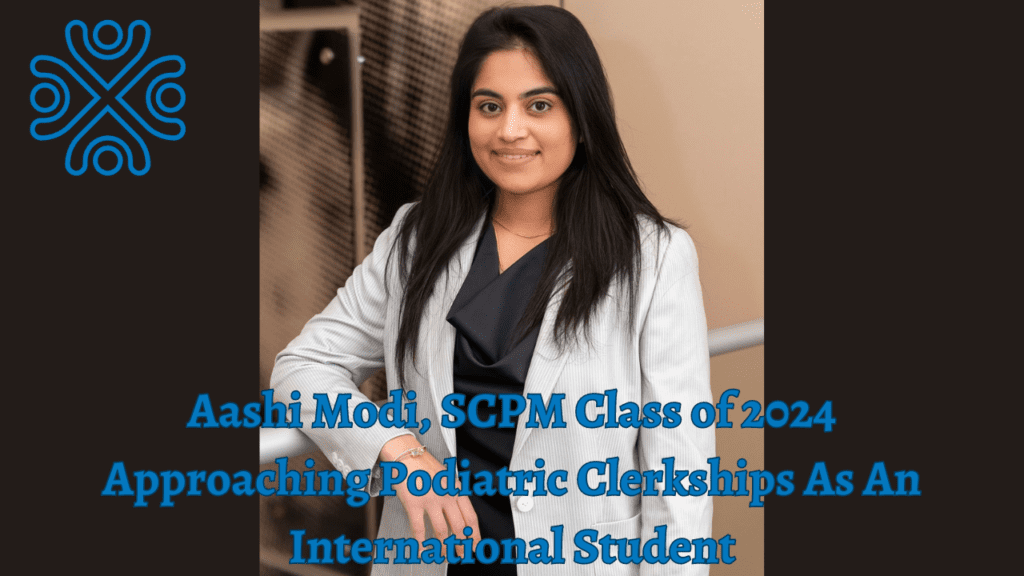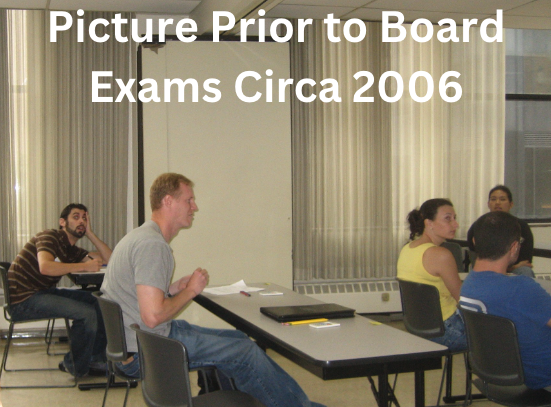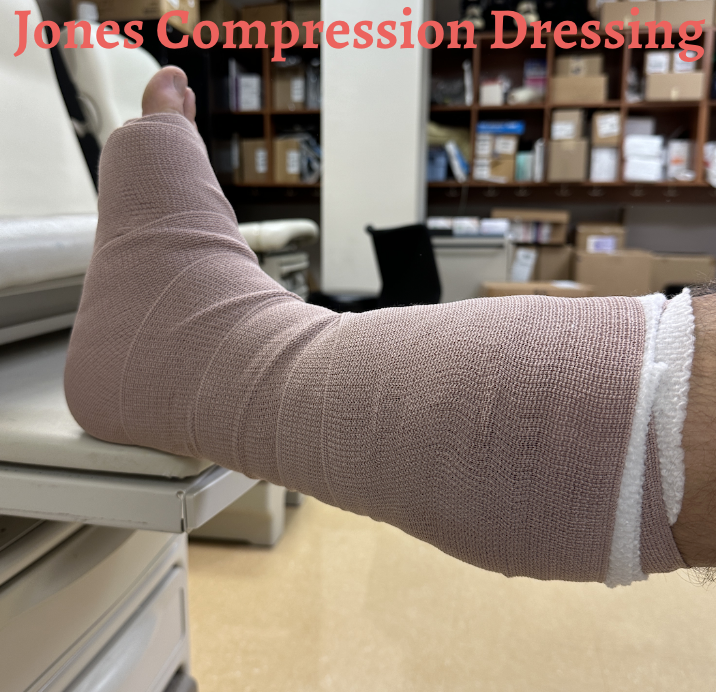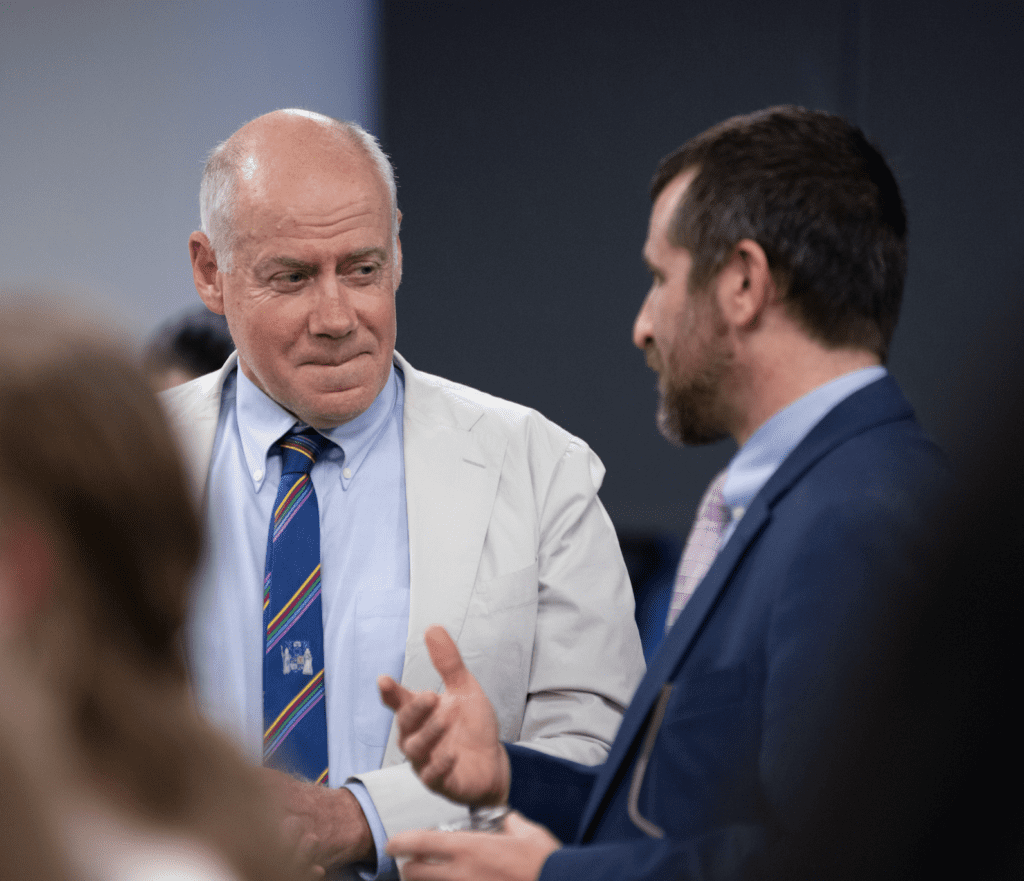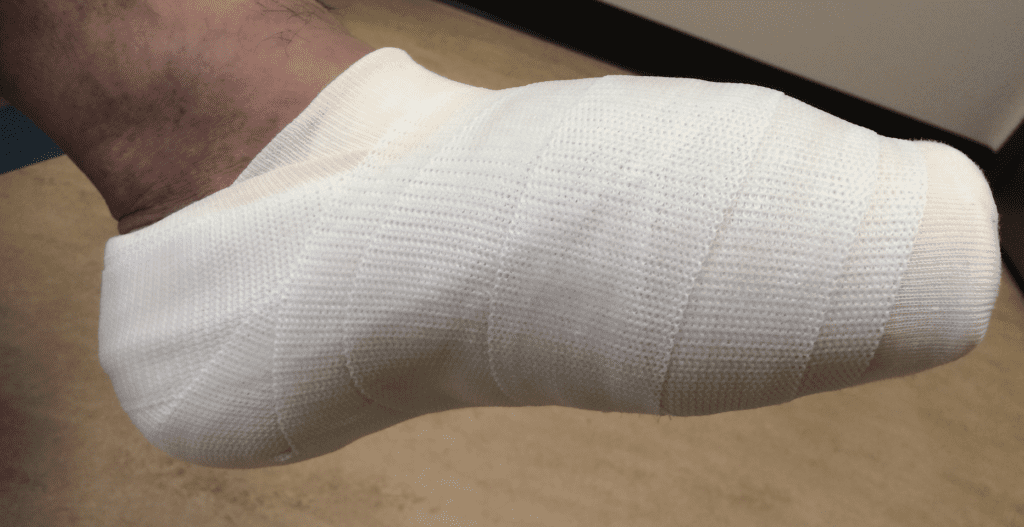Guest Blog Post Authored By Aashi Modi DPM – Class of 2024; Published on April 8th, 2024
Clerkships are a crucial part of our medical education, offering hands-on experience and the opportunity to work directly with patients and healthcare teams. For international students who are pursuing clerkships in the United States, this phase is both exciting and challenging. I am an international student from Nairobi, Kenya and I came to the United States for my undergraduate education and decided to pursue a career in podiatric medicine.
Let’s Start At The Beginning
When I began exploring podiatry schools, I asked faculty about the resources available to international students as I knew this would be an upcoming challenge for me when applying for residencies. Nervous about the entire process, I reached out to another international student that one of my professors told me about. Her advice to me was, “Don’t worry about this now; start researching when you are 6 months away from applying for clerkships.”
Hmm… that’s easier said than done! I wasn’t someone who could just set this topic aside and focus solely on school. Instead, I continued my quest for answers I reached out to campus faculty for advice, upper-class students with relevant experiences or if they knew any other international students, and the podiatrists I had shadowed. Asking for help is not a bad idea, but it is time-consuming and requires a lot of effort. It also adds a lot more stress to your plate because you are going to be constantly thinking about who else you can reach out to and sometimes, not getting clear answers is frustrating. That’s how my first couple of months went by until I decided to stop and just focus on one step at a time.
Finding Success During The First Two Years of Podiatric Medical School
From then on, during my first two years of podiatry school, I dedicated myself to excelling in every aspect. I worked hard to keep up with the demanding curriculum, engaged in various volunteering activities, undertook research opportunities, and actively participated in campus organizations to build a network and enhance my leadership skills.
After completing my first two years of podiatric medical school, I shifted my focus to preparing for the APMLE Part 1 exam. Once I completed the test, I was confronted once again with the daunting question: what’s next? I pondered over where to apply, how being an international student changed the application process, and where to pursue clerkships. Every student faces the challenge of figuring out which programs to apply to. As an international student, I had to determine which programs I liked while also considering if I could complete a residency there. I questioned if there were certain programs to steer clear of, whom to contact at the programs, and whether to disclose my international status while applying or even while rotating at the program.
The questions never ended for me. I was constantly stressed out about this as I was choosing my clerkship programs, starting the application process, and going through clerkships.
The Different Types of Visas
I also learned about the different types of pathways to take. I could either get a J-1 visa or an H1-B visa. With a J-1 visa, after completion of residency, it is required that you go back to your home country. With an H1-B visa, you can complete your residency in the United States and go ahead and apply for a green card after a certain number of years. For me, I knew that I wanted to stay in the United States after completing my residency. This meant any programs that only sponsored J-1 visas were out for me.
Researching Podiatric Residencies That Sponsor International Students
After I learned this, I picked the top 15 programs that I would be most interested in for residency. Those were the only programs that I reached out to and asked if they were able to sponsor for H1-B. I would call either the program coordinator or the HR department. For some programs that had international students, I knew the program was able to accommodate them so I didn’t feel the need to contact them. Out of those 15 programs, I would only be able to rotate at 8 of the programs, so I just needed to see which 8 would be willing to sponsor me. After I had this list, I applied for clerkships and did my absolute best at every rotation.
During the rotations, I made it a point to myself that being international is a part of me, it does not define me. I constantly reminded myself of how hard I had worked to get where I was and at each program, I showed them my work ethic, knowledge, and passion for podiatry. Towards the end of the month or if I had one-on-one time with the program director, I would express my interest in the program and also mention to them my international status.
Be Open and Honest with Residency Programs Regarding Your Needs As An International Student
Being open with the programs helped me narrow down my list even further when I applied for residency interviews – the next hurdle. After the interviews, I was very nervous about matching and was thinking about my next steps if I did not match. I prepared myself for the best-case scenario and the worst-case scenario and from then on, I just waited till the morning when I found out if I matched. Trusting in the process was something I had a hard time believing, but here I am today! An international student from Kenya going to Yale-New Haven for residency training!
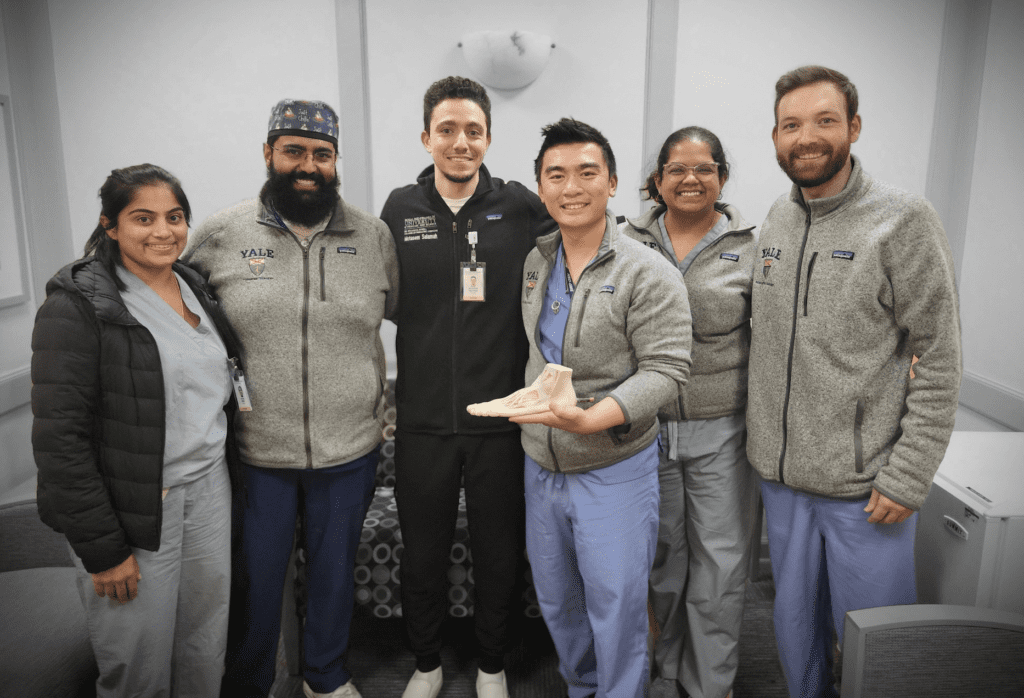

Some of my tips for any international student applying to a podiatric medicine residency are:
- Have faith in yourself – you were accepted into podiatry school for a reason! You have to remind yourself of all your accomplishments because there are several challenges ahead of you.
- Do your research – as much as it is important to find a program that will sponsor you, it is also important to find a program that you will like. Don’t go to a program only because they will sponsor, go there because you feel like you will learn from them and be a great fit.
- Be honest – being an international student is not something one should be ashamed of. You should take pride in yourself. You have gone through so many challenges to be where you are. Obviously, you don’t want to bring it up constantly but also don’t shy away from telling programs your status. During my clerkships, I would bring it up once or twice and let programs know my status. I would educate them on how my process would be different and what I would require from them.



